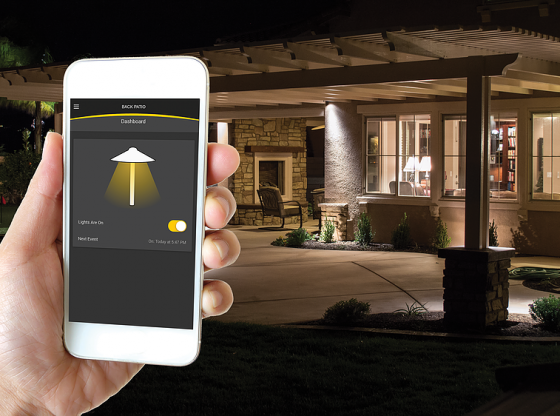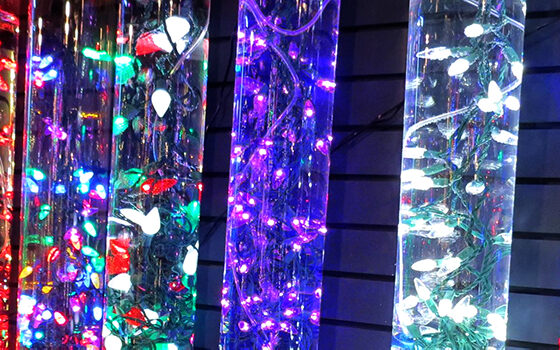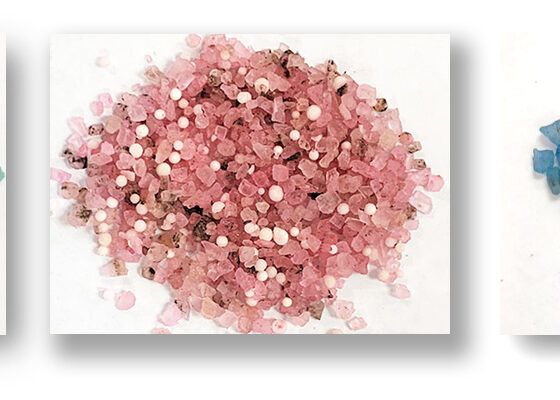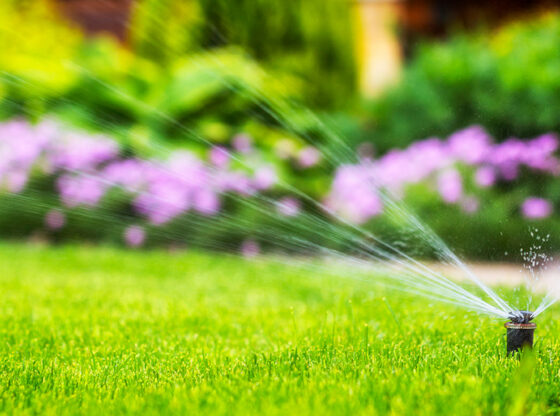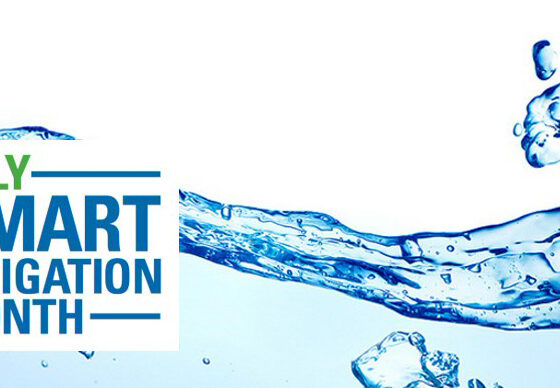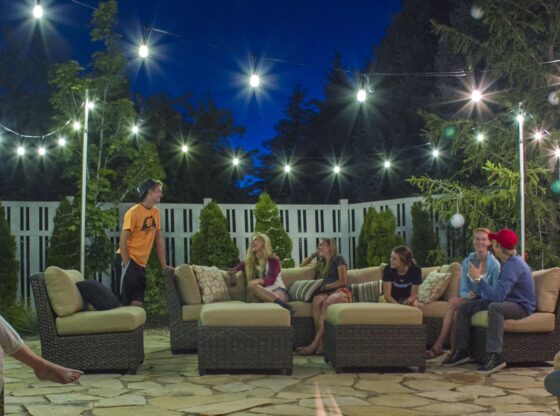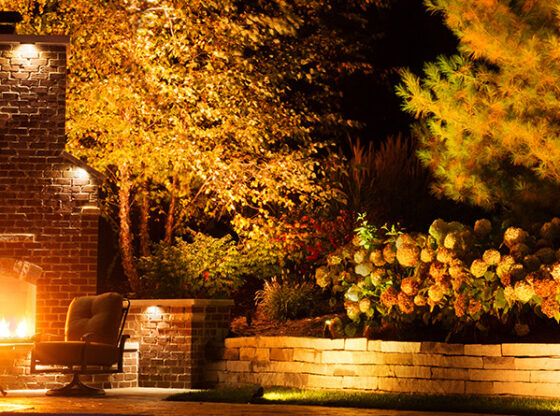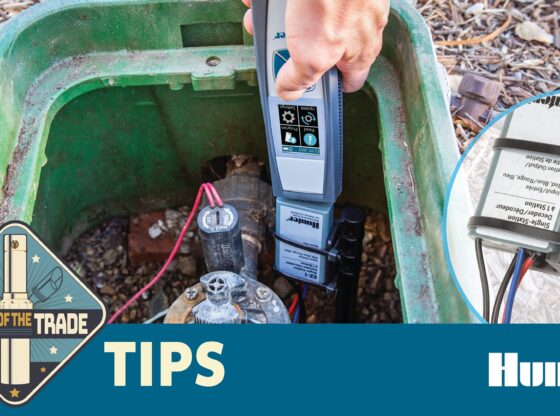There is a misconception that irrigation systems are a water waster. But, did you ever think that having an irrigation system could be actually saving water? Having an irrigation system that is correctly designed, installed and maintained, will help reduce the amount of water you use and still keep lawn and landscape looking healthy. The following are a few tips Rain Bird gives for watering wisely.
Avoid Runoff
First, avoid over-watering lawns and gardens. Not all water is absorbed when irrigating. Some water is lost to runoff by being applied too rapidly, and some water evaporates from exposed, un-mulched soil. Although, the greatest waste of water comes from applying too much, too often.
Instead of watering for 20 minutes straight, water four times for 5 minutes each, with a 15-minute break between each session. This will allow water to soak in, while minimizing runoff.
When Matters
The time in which you water also matters. If possible, don’t water in the evening. If you water in the evening, leaf surfaces can remain wet overnight, which is an open invitation for fungal diseases. The best time to water is midday for plants. Although, midday watering is bad for your wallet because much water is lost through evaporation.
A good compromise is to water between 5 a.m. and 10 a.m. This is when the sun is low, winds are calm and temperatures are cool. Leaf surfaces will have a chance to dry out during the day, reducing the chance of fungal diseases and conserving water due to reduced evaporation. Make sure to use low angle nozzles in areas where wind is a factor.
Use Zones, & Watch the Height
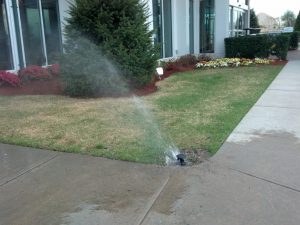 An obvious tip is to water only things that grow. Properly adjusted sprinkler heads so they aren’t watering sidewalks and driveways. Sprays should also release large droplets of water instead of a fog of fine mist, which is more susceptible to evaporation and wind drift.
An obvious tip is to water only things that grow. Properly adjusted sprinkler heads so they aren’t watering sidewalks and driveways. Sprays should also release large droplets of water instead of a fog of fine mist, which is more susceptible to evaporation and wind drift.
Divide turf into separate zones. Your goal is to water plants well, without wasting water. Create an irrigation cycle that waters each zone separately and more frequently. Both sprinkler and drip irrigation can be incorporated to achieve efficient use of water.
Another thing to keep in mind is turf height. Trim grass at a higher mower setting to shade roots from sunlight and encourage deeper roots.
When Possible, Use Drip
Rain Bird also suggests using drip lines. When watering individual trees, flowerbeds, potted containers, or other nongrassy areas, consider direct application of water to roots using low volume drip lines. By applying water slowly to soil, drip irrigation is by far the most efficient way to water. The water flows under low pressure through emitters, bubblers or spray heads placed at each plant. Water applied by drip irrigation has little chance of waste through evaporation or runoff, and will prevent unwanted weeds from growing.
Keep Your Equipment Healthy
Next, get your heads checked. Since lawns and gardens should be watered in the early morning hours, a problem may not be discovered until it is too late. Once a month, turn on your irrigation system, throw on your bathing suit and make sure everything is working properly. A clogged head or a torn line can wreak havoc on your landscape and water bill.
Mulch
It is also a good idea to mulch. Mulch conserves water by significantly reducing moisture evaporation from the soil. Mulch also reduces weed populations, prevents soil compaction and keeps soil temperatures more moderate. Mulches can be organic materials such as pine bark, compost or woodchips; or inorganic materials, such as lava rock, limestone or permeable plastic, but not sheet plastic because soil needs to breathe.
Watch the Weather
Keep weather in mind as well. Adjust the irrigation system as the seasons and weather change. You could also install a shut-off device that automatically detects rain. They are inexpensive and enable you to take advantage of nature’s precious gift without paying for it.
To learn more about your irrigation system contact your local Wolf Creek Company location.


